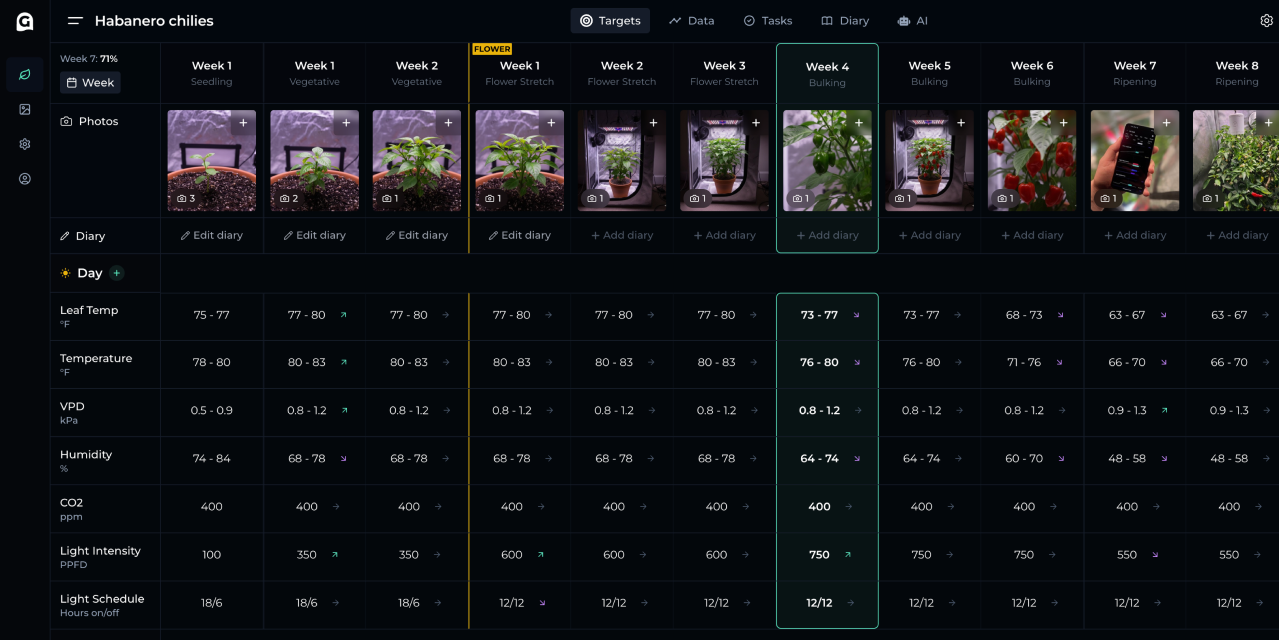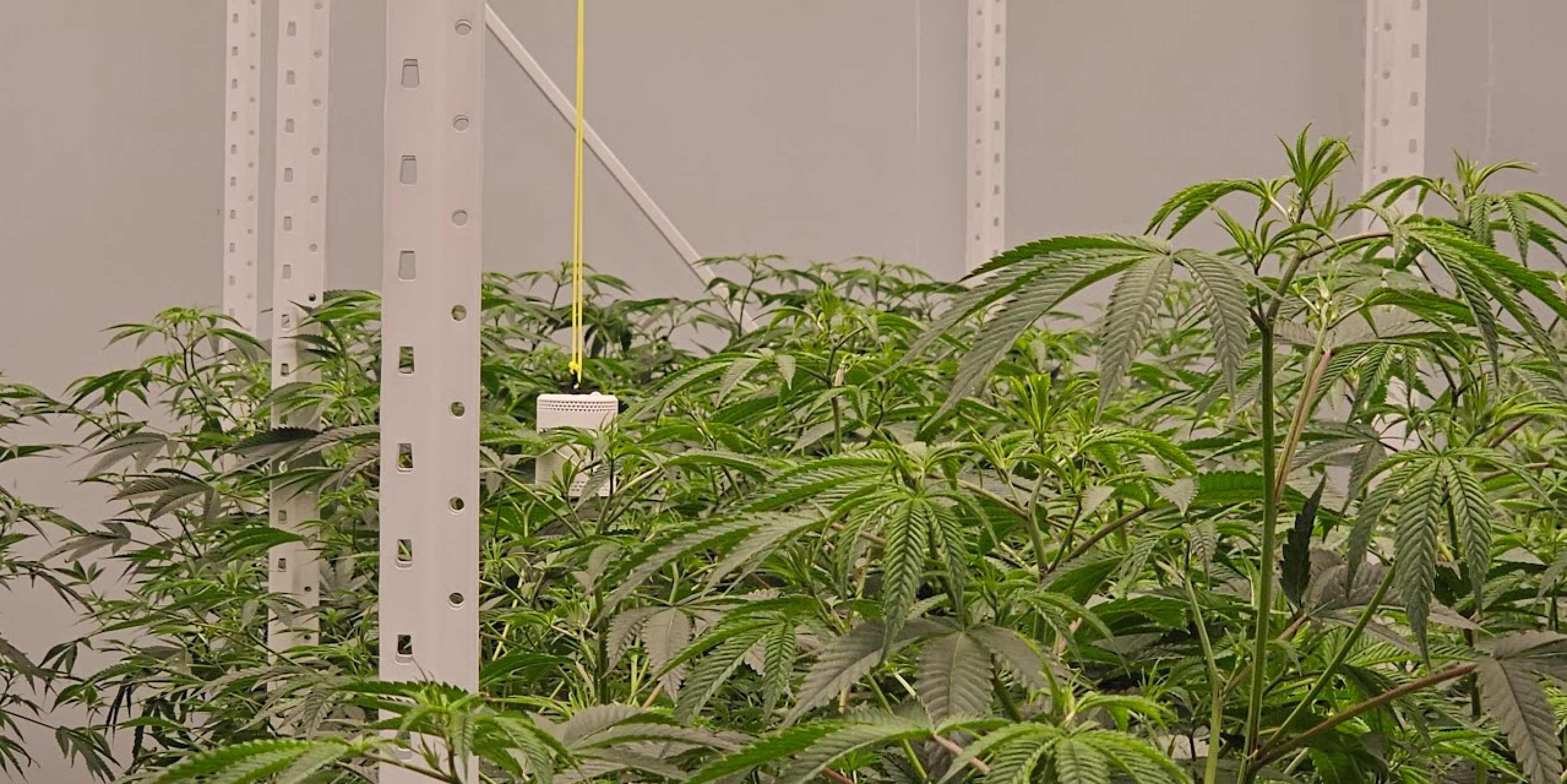Leafhoppers on cannabis: Prevention and treatment tips


Leafhoppers are more than just a nuisance; they can devastate your cannabis plants if left unchecked.
These tiny pests feed on sap, weaken plants, and even spread diseases. If ignored, leafhopper infestations can ruin your yields and leave your plants struggling.
This post will show you how to effectively identify, prevent, and treat leafhoppers.
From spotting early signs to using natural and organic treatments, we’ll give you the tools and knowledge you need to protect your grow and keep it thriving.
Disclaimer: Any information given on this site is for educational purposes only. Please ensure if you’re growing cannabis, you’re doing so by the law and subject to appropriate permissions and licenses of the applicable country.
What are leafhoppers?
Leafhoppers are small, agile insects from the family Cicadellidae, commonly found on garden and outdoor plants.
With over 20,000 species worldwide, they come in various colours, including green, brown, and white.
You might spot adult leafhoppers jumping quickly between leaves or immature leafhopper nymphs, which lack wings and tend to cluster on the undersides of leaves.
These pests feed on plant sap using their piercing-sucking mouthparts, damaging plant tissue in the process.

The life cycle of a leafhopper
Leafhoppers start as eggs laid on plant surfaces; they hatch into nymphs that lack wings but feed heavily on sap.
After passing through multiple nymph stages, they develop into adults capable of laying eggs, continuing the cycle - at a rate of several generations per year.
What do leafhoppers look like?
Leafhoppers are true bugs. They are small, wedge-shaped insects, often pale green, brown, or creamy white, depending on the species.
Adults are agile, with wings that fold over their bodies, while nymphs are smaller, wingless, and found on the underside of leaves.
Some species, like the rose leafhopper, have distinctive markings.

Evidence of leafhoppers on cannabis plants
Detecting leafhoppers early can save your plants from significant damage. Here’s what to watch for:
- Leaf discolouration: Leaves may turn yellow or turn brown due to sap loss.
- Visible insects: Look for small, agile bugs on the upper leaf surface or underneath.
- Leafhopper eggs: These are often laid on stems or leaves and can be creamy white in colour.
- Stunted growth: Heavy infestations can slow down your plant’s development.
If you notice these signs, it’s time to take action to protect your plants.

How leafhoppers damage cannabis plants
Leafhoppers feed on sap, leaving behind visible damage that can weaken your cannabis plants. Their feeding can lead to:
- Plant stress: Loss of nutrients slows plant growth.
- Leafhopper damage: Yellowing leaves, wilting, or curling.
- Spread of plant diseases: Some species can transmit viruses, like the beet curly top virus which can affect cannabis
Unchecked, these pests can reduce your yield and compromise your plant’s overall health.
Favourable conditions for leafhoppers
Understanding what attracts leafhoppers can help you prevent infestations. These pests thrive in:
- Warm, dry weather: Perfect conditions during the growing season.
- Dense foliage: Overcrowded plants provide hiding spots.
- Host plants: Many species of leafhoppers prefer specific plants, but they aren’t picky when food is abundant.
Maintaining an organised grow space is your first line of defence.
Want to grow like a pro? Subscribe to the Grow The Best newsletter!

How to prevent leafhoppers on cannabis
Prevention is always better than cure when it comes to pests. Here are some practical steps to stop leafhoppers from invading:
- Use floating row covers: These create a physical barrier that prevents adult insects from reaching your plants.
- Encourage beneficial insects: Predators like ladybirds and lacewings feed on leafhopper nymphs and eggs.
- Keep your plants healthy: Strong plants are less attractive to pests, so maintain proper watering, pruning, and fertilisation and monitor your environment closely.
- Inspect regularly: Regularly check the leaves for early signs of leafhoppers.

How to get rid of leafhoppers
If you already have an infestation of leafhopper bugs, don’t panic - there are several effective ways to get rid of these pests:
1. Leafhopper Insecticide sprays
Use a leafhoppers insect spray or insecticidal soap to kill leafhoppers on contact. These are safe for cannabis plants and effective against both adults and nymphs.
2. Organic solutions
Products like neem oil and horticultural oil are excellent for controlling leafhoppers without harming your plants. For best results, apply these to the affected areas.
3. Biological control
Encourage natural leafhopper predators such as ladybirds, lacewings and scale insects. These natural predators are allies that can significantly reduce leafhopper numbers in your grow space.
4. Manual removal
For smaller infestations, simply removing adult insects or eggs by hand can help control the problem before it spreads.

Advanced leafhopper control techniques
If you’re dealing with persistent pests, consider these advanced strategies:
- Target specific species: Some solutions work best for certain types of leafhoppers, like the glasshouse leafhopper (hauptidia maroccana) or rose leafhopper.
- Integrated pest management (IPM): Combine multiple methods, including prevention, organic treatments, and beneficial insects, for long-term control.
- Monitor closely: Regularly check for eggs, nymphs, and adult leafhoppers to ensure your efforts are working.
Takeaways
Leafhoppers may be common, but with the right prevention and treatment strategies, you can keep them from wreaking havoc on your cannabis plants.
Regular checks, healthy growing practices, and a mix of natural and organic control methods will ensure your crop stays pest-free and thriving.
Stay vigilant, and remember: a healthy plant is your best defence against cannabis leafhoppers

FAQs
Are leafhoppers harmful?
Yes, leafhoppers are harmful to cannabis plants. They feed on sap using their piercing and sucking mouthparts, causing leafhopper damage like yellowing, stunted growth, and wilting. Some species spread plant diseases too.
Ignoring an infestation can reduce yields and weaken plant growth, making quick action essential.
What attracts leafhoppers?
Leafhoppers are attracted to warm, dry conditions.
Leafhopper populations thrive on plants with dense foliage and often lay eggs on the upper leaf surface. Many species favour specific plants.
Do leafhoppers carry disease?
Yes, leafhoppers can carry diseases that harm plants. They spread viruses while feeding on sap with their piercing-sucking mouthparts.
Their role in transmitting plant diseases makes them particularly damaging, affecting foliage, stunting growth, and causing bud blast in cannabis and other host plants.
What attracts leafhoppers?
Leafhoppers are attracted to warm, dry weather, especially during the late summer growing season.
Dense foliage, abundant sap, and the presence of host plants like sage, rhododendrons, and roses draw many species, including glasshouse and rose leafhoppers.
Overcrowded garden plants also provide ideal conditions for infestations.
Join the Grow The Best newsletter for top growing tips and tricks!









.avif)








